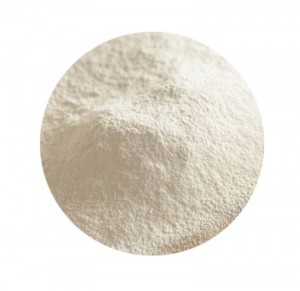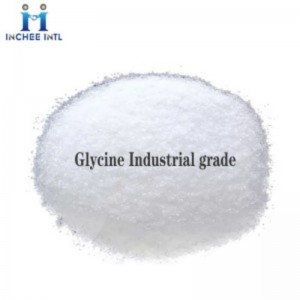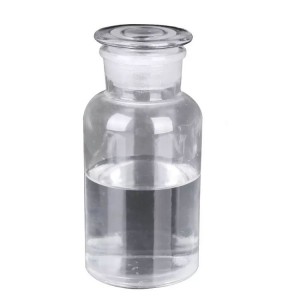-

Discover the Advantages of Polyoxyethylene Nonylphenol Ether in Your Industry
Polyoxyethylene Nonylphenol Ether, also known as nonoxynols, is a common ingredient found in many household products. The general formula for nonoxynols is C9H19C6H4(OCH2CH2)nOH, where the number (n) of ethylene oxide repeated in the chain characterizes each nonoxynol. Nonoxynols can be found in various products such as detergents, liquid soaps, emulsifiers for creams, fabric softeners, photography paper additives, hair dyes, lubricating oils, spermicides, and anti-infective agents.
-

Discover the Amazing Benefits of CAB-35 Cocamido Propyl Betaine
Cocamidopropyl betaine, also known as CAB-35, is a popular surfactant that is widely used in personal care and household cleaning products. This ingredient has gained popularity in recent years due to its mildness and effectiveness in cleaning. Today, we will be discussing the benefits of using cocamidopropyl betaine in your products and how it can contribute to the success of your business.
-

Xanthan Gum Industrial Grade: A Revolutionary Product for the Industrial Markets
Xanthan gum, also known as Hanseum gum, is a type of microbial exopolysaccharide produced by Xanthomnas campestris through fermentation engineering. It is made from carbohydrates such as corn starch and is known for its unique rheological properties, good water solubility, heat and acid base stability, and excellent compatibility with various salts.
-

Oxalic Acid: The Powerhouse of Reducing and Bleaching Agents
Oxalic acid, a naturally occurring dicarboxylic acid, is widely used in a variety of industries owing to its incredible properties. Found in many fruits and vegetables as calcium or potassium salts, oxalic acid is a versatile compound that offers numerous benefits. In this blog post, we will explore the uses of oxalic acid and the industries that benefit from it.
-

Glycine Industrial Grade: A versatile amino acid
Glycine is an important amino acid that has a wide range of industrial applications. As an industrial grade product, it is commonly used as a biochemical reagent, and in the production of medicine, feed and food additives, and even in the nitrogen fertilizer industry as a non-toxic decarbonization agent.
The molecular formula of glycine is C2H5NO2, with a molecular weight of 75.07. It is available in various forms, including white monoclinic system or hexagonal crystal, or white crystalline powder. Its physical properties make it easy to handle and use in a variety of industrial processes.
-

Experience Superior Quality with DINP Industrial Grade: The Top Choice for Leading Industries!
Diisononyl phthalate (DINP), a transparent oily liquid with a slight odor that boasts excellent properties as a main plasticizer.
-

Discover the Amazing Benefits of CAB-35 Cocamido Propyl Betaine
Cocamidopropyl betaine, also known as CAB-35, is a popular surfactant that is widely used in personal care and household cleaning products. This ingredient has gained popularity in recent years due to its mildness and effectiveness in cleaning. Today,
-

Discover the Amazing Benefits of CAB-35 Cocamido Propyl Betaine
Polyoxyethylene Nonylphenol Ether, also known as nonoxynols, is a common ingredient found in many household products. The general formula for nonoxynols is C9H19C6H4(OCH2CH2)nOH, where the number (n) of ethylene oxide repeated in the chain characterizes each nonoxynol.

